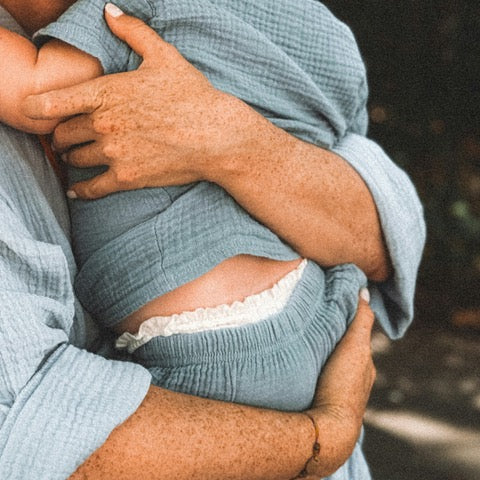
Weighted Vest vs. Compression Vest: Which One Is Right for Your Child?
When supporting children with special needs, especially those with sensory processing challenges, autism, ADHD, or anxiety, parents and professionals often turn to tools like weighted vests and compression vests. While they may look similar, they serve very different purposes, and understanding those differences is key to choosing what’s best for your child. In this blog, SpecialKids Company will explain the difference between them.
What Is a Weighted Vest?
A weighted vest is a garment with small weights sewn into or inserted into pockets throughout the vest. The weight provides deep pressure input, similar to the feeling of a firm hug or a weighted blanket. Weighted vests can help by:
Benefits of Weighted Vests for Children
-
Calming the Nervous System: The weight can have a soothing effect on children who are overstimulated or anxious.
-
Improving Focus: Some children become more attentive during tasks like schoolwork when wearing a weighted vest.
-
Body Awareness: The added weight helps children better sense where their bodies are in space (proprioception).
How to Use a Weighted Vest Safely
Weighted vests should only be worn for short, supervised periods (usually 20–30 minutes at a time), and should be customised to your child’s body weight (typically 5–10% of their total body weight). For these reasons, it is recommended that you consult your child’s Occupational Therapist before using one.
What Is a Compression Vest?
A compression vest is made of stretchy, snug material like neoprene or spandex. It provides gentle, consistent pressure across the torso, similar to a hug, but without the added weight. Compression vests help by:
Benefits of Compression Vests for Children
-
Reducing Anxiety and Promoting Calmness: Continuous pressure can help regulate emotional and sensory responses.
-
Improving Focus and Attention: Especially useful in classrooms, therapy sessions, or busy environments.
-
Being Discreet and Comfortable: They can be worn under clothing for longer periods, depending on the child’s needs and therapist guidance.
How Compression Vests Help with Anxiety and Focus
Compression vests offer lighter, ongoing support, which is ideal for children who are sensitive to weight. They also do not interfere with physical activity or play.
Weighted Vest vs. Compression Vest: How to Choose the Right One for Your Child
-
Talk to an Occupational Therapist (OT): Every child is different. An Occupational Therapist can assess your child’s sensory profile and recommend the right vest.
-
Consider Sensory Preferences: Does your child love hugs and pressure? If they’re sensitive to weight, compression might be better.
-
Trial and Error: Sometimes the best approach is to try both under professional supervision and observe which one leads to improved focus, mood, or behaviour.
Choosing between a weighted vest and a compression vest depends on your child’s unique sensory needs. Consulting an Occupational Therapist and considering your child’s preferences can help determine the best option. If you're interested in exploring more sensory-friendly tools, check out our collection of vests and other products tailored to children with sensory challenges.

